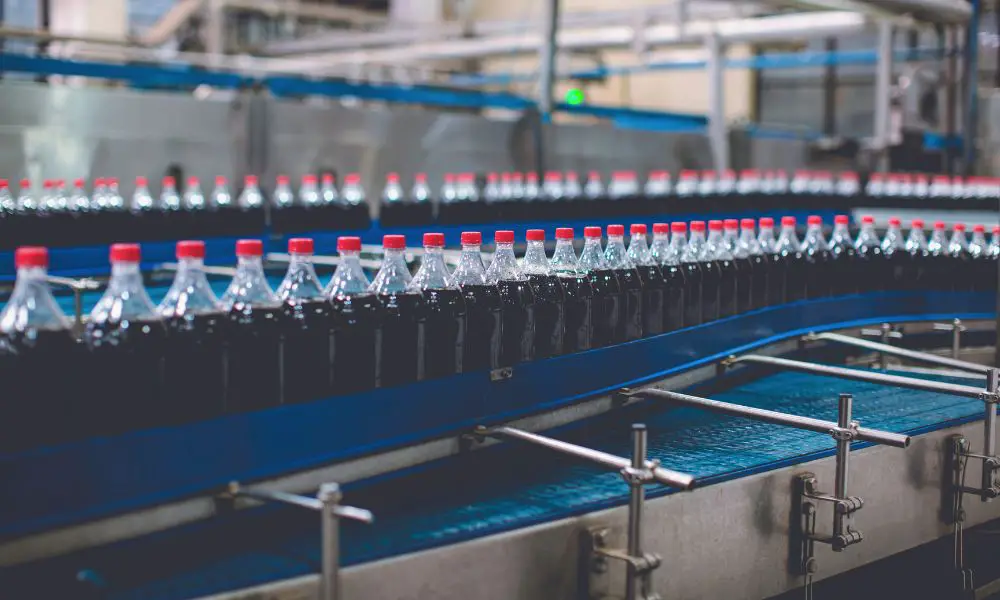

Conveyor systems are invaluable in the manufacturing world, playing a vital role in optimizing operational efficiency, product quality, and workplace safety. Whether you’re in the packaging, assembly, or distribution business, understanding the key components and functionalities of conveyor systems can profoundly impact your bottom line. Read on to explore the essential parts of conveyor systems.
The belt support serves a crucial function in conveyor systems by providing a stable and consistent surface for the conveyor belt to move upon. This component is essential for maintaining the alignment and tension of the belt, ensuring that products are transported smoothly and without interruption. Proper belt support minimizes wear and tear on the belt itself, significantly extending its lifespan and reducing maintenance costs. Additionally, by preventing slippage and misalignments, belt supports enhance the overall safety of the conveyor system, protecting both the products being transported and the personnel operating the machinery.
The pulley plays a pivotal role in the functionality of conveyor systems, driving the belt and controlling its direction and speed. Acting as the heart of the conveyor, pulleys are strategically positioned at the end of the conveyor belt to provide the necessary tension and power for the belt to move. They are designed to manage the load efficiently, ensuring smooth and consistent operation even under varying weights and speeds. By selecting the appropriate pulley size and type, companies can significantly enhance their conveyor systems’ efficiency, reduce energy consumption, and ensure the longevity of the belts. The right pulley system not only maximizes operational efficiency but also contributes to the safety and reliability of the entire conveyor setup, making it an indispensable component in the mechanics of modern material handling.
The drive unit is the powerhouse of conveyor systems; its primary function is to initiate and regulate the movement of the conveyor belt by converting electrical energy into mechanical energy. With the help of a torque arm speed reducer, the drive unit controls conveyor belt speed and direction with precise timing and positioning. The importance of the drive unit cannot be overstated, as it directly impacts the efficiency, flexibility, and throughput of the entire conveyor system. A well-designed drive unit ensures that the conveyor operates smoothly, reliably, and with minimal energy consumption, making it a critical component for maintaining operational efficiency and reducing overhead costs.
Understanding the essential parts of conveyor systems offers a foundational insight into their operation and effectiveness. Each component plays a critical role in ensuring optimal system performance, from smoothing the path of the conveyor belt to powering its movement. By becoming familiar with these essential elements, businesses can better maintain their conveyor systems, enhance their operational efficiency, and ensure a safer work environment.
Optimize your food processing facility by better understanding the critical ways gases can impact electrical…
Discover the best safety practices for restaurants, ranging from fire prevention to hygiene standards. Take…
Radon levels rise at higher elevations due to low air pressure and sealed homes. Learn…
There’s nothing worse than lighting a new candle and watching it sputter out, tunnel, or…
Discover how woven metal fabric transforms restaurant design with its versatility, from feature walls to…
Upgrading your workspace? Get inspired by design ideas for materials, lighting, and amenities, and tips…